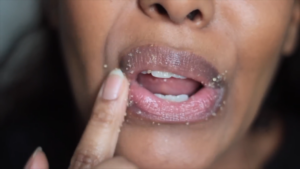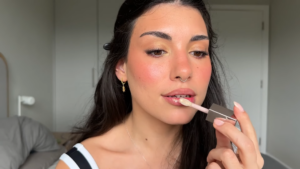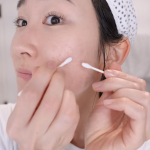Our skin is our largest and most visible organ, protecting us from external elements and reflecting our overall health. However, our skin is also susceptible to damage due to environmental factors, especially sunlight. Excessive sun exposure can cause significant damage to the skin, which is often not visible at first. This damage can build up over time, causing premature aging and various skin problems.
How Sunlight Damages Skin
Sunlight consists of three types of radiation: ultraviolet A (UVA), ultraviolet B (UVB), and visible light. UVA has longer wavelengths and can penetrate deeper into the skin, causing damage to collagen and elastin, two proteins that give skin its strength and elasticity. UVB has shorter wavelengths and is absorbed by shallower layers of the skin, causing sunburn and DNA damage.
Excessive sun exposure can damage skin cells, causing inflammation and the production of free radicals, unstable molecules that can damage cells and DNA. This damage can trigger a variety of skin problems, including:
- Wrinkles and Fine Lines: Collagen and elastin breakdown causes the skin to lose its firmness and elasticity, leading to the formation of wrinkles and fine lines.
- Age Spots: Sun exposure stimulates the production of melanin, the pigment that gives skin its color. Excessive melanin production can cause age spots, darker, uneven areas of skin.
- Sagging Skin: Damaged collagen and elastin cause the skin to lose its structure, which causes the skin to sag and sag.
- Skin Cancer: Excessive sun exposure can increase the risk of skin cancer, including melanoma, the deadliest type of skin cancer.
Signs of Sun Damage
Sun damage is often not visible at first, but can develop over time. Some signs to look out for include:
- Dry and Rough Skin: Sun exposure can damage the skin’s protective layer, causing the skin to lose moisture and become dry and rough.
- Dull Skin: Sun damage can interfere with the production of new skin cells, leading to skin looking dull and lifeless.
- Uneven Skin Texture: Sun exposure can cause skin thickening and the appearance of bumps or rough patches.
- Visible Blood Vessels: Sun exposure can damage the small blood vessels in the skin, causing them to become more visible.
How to Protect Skin from Sun Damage
Protecting your skin from sun damage is essential to keeping your skin youthful and healthy. Here are some tips:
Avoid Sun Exposure during Daylight Hours: The sun’s rays are strongest between 10 am and 4 pm. Avoid direct sunlight during these hours, especially if you have sensitive skin.
Wear Protective Clothing: Wear clothing that covers your skin, such as long sleeves, long pants, and a wide-brimmed hat. Thicker, darker colored fabrics provide better protection.
Use Sunscreen: Apply sunscreen with SPF 30 or higher to all skin exposed to the sun, even on cloudy days. Reapply sunscreen every two hours, or more often if you swim or sweat.
Seek Shade: Seek shade under a tree, umbrella, or building during peak sunlight hours.
Wear Sunglasses: Sunglasses protect your eyes from harmful UVA and UVB rays. Look for sunglasses that block 100% of UVA and UVB radiation.
Treatment for Sun Damage
While prevention is the best way to protect skin from sun damage, there are several treatments that can help repair damage that has already occurred:
- Retinoids: Retinoids are vitamin A derivatives that can help increase collagen and elastin production, reducing wrinkles and fine lines.
- Glycolic Acid: Glycolic acid is an alpha-hydroxy acid (AHA) that can help exfoliate dead skin cells, lighten age spots, and improve skin texture.
- Laser Resurfacing: Laser resurfacing is a procedure that uses lasers to remove layers of damaged skin, stimulate the production of new collagen, and improve the appearance of the skin.
- Microdermabrasion: Microdermabrasion is a procedure that uses fine crystals to exfoliate layers of damaged skin, reducing wrinkles and age spots.
Conclusion
Sun damage is a hidden threat to youthful skin. Excessive sun exposure can cause premature aging, age spots, sagging skin, and even skin cancer.








